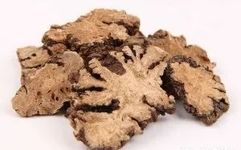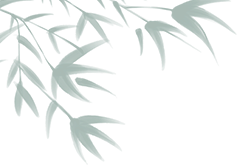

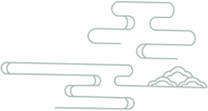
Traditional
Chinese
Medicine
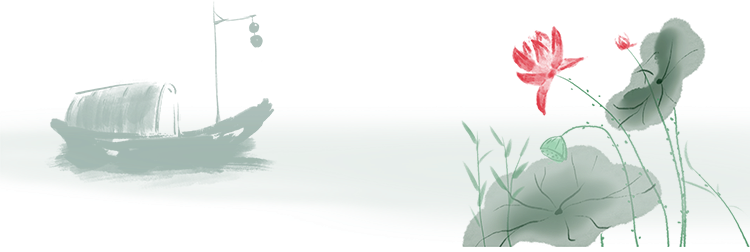
Chuan Xiong (Ligusticum chuanxiong)
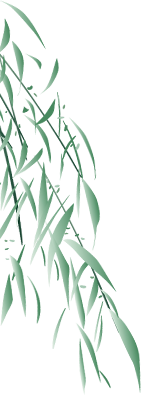
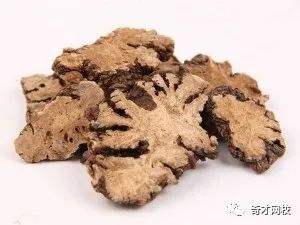
Chuan Xiong, a traditional Chinese medicine, is the dried rhizome of the plant Ligusticum chuanxiong Hort. from the Umbelliferae family. It has the effects of invigorating blood circulation, promoting qi flow, dispelling wind, and alleviating pain. It is mainly used for chest pain due to heart vessel obstruction, rib pain due to liver qi stagnation, stabbing pain in the chest and ribs due to liver blood stasis, pain from falls and injuries due to blood stasis, swelling and pain from sores, irregular menstruation, dysmenorrhea, postpartum pain, retained lochia, various types of headaches, and rheumatic pain.
Effects
Functions
Invigorates blood circulation, promotes qi flow, dispels wind, and alleviates pain.
Indications
Mainly used for chest pain due to heart vessel obstruction, rib pain due to liver qi stagnation, stabbing pain in the chest and ribs due to liver blood stasis, pain from falls and injuries due to blood stasis, swelling and pain from sores, irregular menstruation, dysmenorrhea, postpartum pain, retained lochia, various types of headaches, and rheumatic pain.
Dosage and Administration
Internal use: decoction, 3-10g; powdered form, 1-1.5g per dose; or in pills or powders. External use: powdered form for sprinkling; or decoction for gargling.
Adverse Reactions
1. Excessive or improper use of Chuan Xiong can lead to toxicity.
2. Symptoms of toxicity mainly manifest as gastrointestinal symptoms and allergic reactions, such as nausea, vomiting, chest tightness, skin itching, and rashes. A small number of women may experience early menstruation and increased menstrual flow.
3. For nausea and vomiting, one can take Huo Xiang Zheng Qi Water. For allergic reactions such as rashes, intramuscular injection of pheniramine or intravenous injection of calcium gluconate, and oral antihistamines like diphenhydramine or prednisone can be used; alternatively, a decoction of Huang Qin (Scutellaria baicalensis) 10g, Sheng Gan Cao (Raw Licorice) 15g, and Lu Dou (Mung Bean) 30g can be taken.
Precautions
1. Caution is advised for headaches caused by excessive liver yang due to the warming and dispersing nature of Chuan Xiong.
2. Its warming and drying properties may deplete blood and injure yin; it is not suitable for those with yin deficiency and excess heat, indicated by a red tongue and dry mouth.
3. Women with excessive menstruation or bleeding disorders without stasis should avoid its use.
4. Pregnant women should avoid it.
5. When administered intravenously, it is advisable to start with a small dose and gradually increase, as there may be allergic reactions and other side effects.
Chemical Composition
This herb contains alkaloids (such as ligustrazine), volatile oils (mainly ligustilide and β-caryophyllene), phenolic compounds (such as ferulic acid), and other components including vitamin A, folic acid, sucrose, sterols, and fatty oils.
Pharmacological Effects
Ligustrazine can dilate coronary arteries, increase coronary blood flow, improve myocardial oxygen supply, and reduce myocardial oxygen consumption; it can also dilate cerebral blood vessels, reduce vascular resistance, significantly increase blood flow to the brain and limbs, and improve microcirculation; it can lower platelet surface activity, inhibit platelet aggregation, and prevent thrombosis; the neutral component of ferulic acid promotes uterine smooth muscle at low doses and inhibits it at high doses; the decoction has a sedative effect on the central nervous system of animals and has a significant and lasting hypotensive effect; it can accelerate the absorption of local hematomas from fractures and promote callus formation; it has an anti-vitamin E deficiency effect; it can inhibit various bacilli; and it has antihistamine and choleretic effects.
Toxicological Effects
The LD50 of ligustrazine in mice is 239 mg/kg. Daily intravenous administration of 5 mg/kg and 10 mg/kg to dogs for four weeks showed no significant changes in alanine aminotransferase, non-protein nitrogen, blood counts, and coagulation time, all remaining within normal ranges. At the end of the experiment, pathological examinations of the heart, liver, spleen, lungs, kidneys, mesenteric lymph nodes, and adrenal glands showed no significant changes. In vitro tests on rabbit blood showed no hemolysis at 2 mg/ml of ligustrazine, and intravenous administration of 100 mg/kg also did not show hemolysis. A single oral dose of 6 g/kg of methanol extract of Chuan Xiong (from Japan) to male Wistar rats and DDY mice showed no significant toxicity, while intraperitoneal injection of the same dose exhibited some toxic reactions. Daily administration of 1.5 g/kg and 3 g/kg of methanol extract to male Wistar rats for 21 days showed piloerection or salivation, slight increase in red blood cell resistance to osmotic pressure, although pathological observations showed no liver lesions, liver weight increased, liver enzyme activity was induced, and serum free cholesterol and renal cytochrome P-450 content increased.
Related Discussions
1. Zhang Jiegugu: It can disperse wind from the liver channel and is a sacred medicine for treating Shaoyang and Jueyin headaches and blood deficiency headaches.
2. “Essentials of Materia Medica”: It is spicy and warm, and when used in blood medicines, it can help blood flow. However, if used excessively, it can lead to sudden death. It can stop headaches because it has excess; it can disperse insufficiency and guide clear blood downward. The ancients said that blood and qi medicines are indeed effective because they can disperse and guide blood upward. Many medicines for sores and abscesses enter the heart and can disperse. The heart commands qi and blood; when Chuan Xiong enters the heart, it assists the heart in commanding qi and blood, thus dispersing evil qi and resolving abscesses. Dongyuan said that it guides blood to nourish new blood; it is not only spicy and warm but must also ascend and disperse. Blood is precious for tranquility and not for agitation; Chuan Xiong is spicy and warm, so it can descend to nourish new blood. It is used in Si Wu Decoction specifically for its spicy warmth and to move blood stagnation. Is it really used as a spicy and warm dispersing medicine?
3. “Compendium of Materia Medica”: Chuan Xiong is a qi medicine in the blood. The liver suffers from urgency, so it is supplemented with spiciness, thus suitable for blood deficiency. Spiciness disperses, so it is suitable for qi stagnation. If blood dysentery has been resolved but pain persists, it indicates yin deficiency and qi stagnation; adding Chuan Xiong as an assistant can promote qi and regulate blood, stopping the disease immediately.
4. “Correcting Materia Medica”: Chuan Xiong is good at dispersing and moves through the liver channel, being a qi medicine in the blood. Both Chuan Xiong and Angelica are blood medicines, but Chuan Xiong’s dispersing action is stronger than Angelica, thus it can disperse wind and cold, treating headaches. Because it ascends, it can also address bleeding and dizziness; because it is slightly sweet, it disperses excess but does not supplement deficiency. It is particularly suitable for headaches caused by wind and cold. If the three yang fire is obstructed above and causes pain, ascending may be excessive; modern people do not understand ascending and descending, and only know that Chuan Xiong treats headaches, which is a serious misunderstanding.
5. “New Compilation of Materia Medica”: Chuan Xiong specializes in blood supplementation and has miraculous effects in treating headaches. It moves through the blood sea, opens the liver channel, breaks up blood stasis, and promotes the generation of new blood postpartum. It can treat all types of bleeding, including hemoptysis, epistaxis, hematuria, hematochezia, and menorrhagia. It can unblock blood stasis, disperse external pathogens, and relieve headache pain. This medicine can be a monarch, minister, or assistant, but should not be used alone; it must be combined with qi and blood tonics to maximize its benefits. If used alone for blood supplementation, it may cause blood movement and lead to loss. If used alone for pain relief, it may stop pain but risk sudden death. If combined with Ren Shen (Ginseng), Huang Qi (Astragalus), Bai Zhu (Atractylodes), and Fu Ling (Poria) for qi supplementation, it may not only supplement qi but also generate blood; if combined with Dang Gui (Angelica), Shu Di Huang (Rehmannia), Shan Zhu Yu (Cornus), Mai Dong (Ophiopogon), and Bai Shao (White Peony) for blood supplementation, it may not only generate blood but also essence. The concern is only about using wind-dispersing medicines together. It can be used temporarily but not long-term; for moderate conditions, it is sufficient, so why rely on it for long?
6. “Zhong Zhong Can Xi Lu”: Chuan Xiong has a fragrant and warm nature, its warming and dispersing properties allow it to ascend and descend, reaching everywhere. Its specialty lies in guiding the body’s clear and light qi to the brain, treating headaches caused by wind attacking the head, floating heat rushing to the head, and blood congestion headaches. Its warming and dispersing power can also promote qi and invigorate blood, treating overall stiffness and women’s menstrual closure without children.
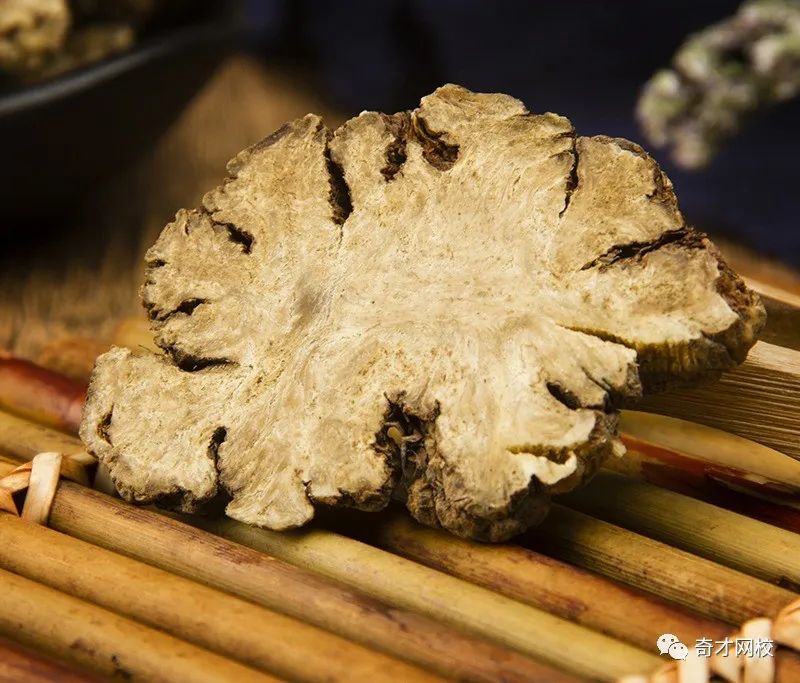
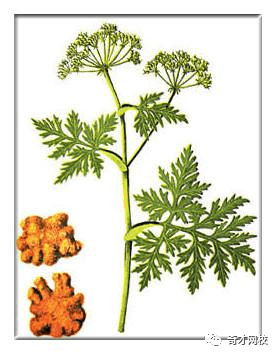
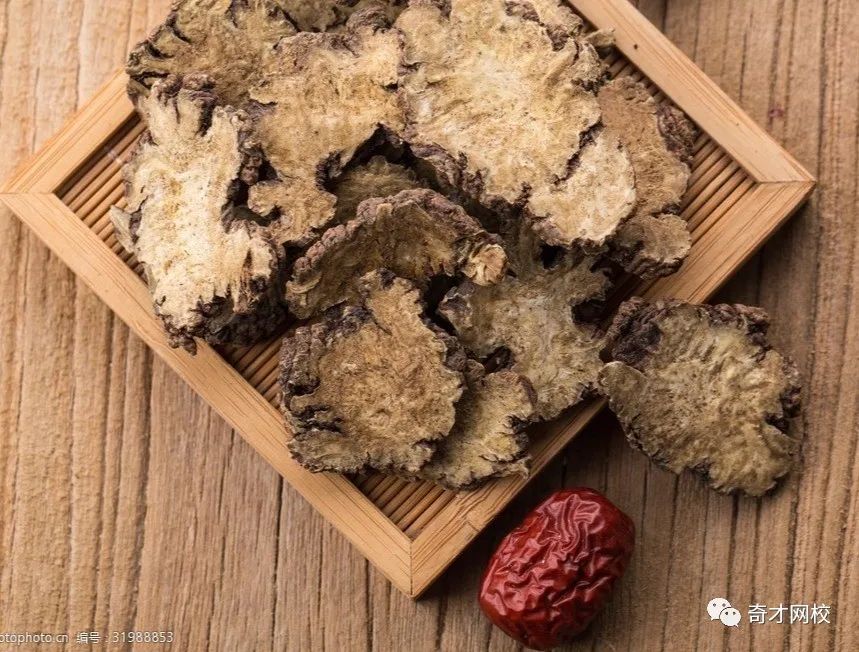
Clinical Applications
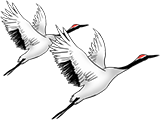
Clinical Applications
1. For chest pain due to heart vessel obstruction, it is often used with Dan Shen (Salvia miltiorrhiza), Gui Zhi (Cinnamon Twig), and Tan Xiang (Sandalwood); for rib pain due to liver qi stagnation, it is often combined with Chai Hu (Bupleurum), Bai Shao (White Peony), and Xiang Fu (Cyperus), such as in Chai Hu Shu Gan San (“Complete Book of Jing Yue”); for liver blood stasis, with symptoms of mass and stabbing pain in the chest and ribs, it is often used with Tao Ren (Peach Kernel) and Hong Hua (Safflower), such as in Xue Fu Zhu Yu Tang (“Correction of Medical Errors”). For pain and swelling from falls and injuries, it can be combined with Ru Xiang (Frankincense), Mo Yao (Myrrh), and San Qi (Notoginseng).
2. For blood stasis causing amenorrhea and dysmenorrhea, it is often used with Chi Shao (Red Peony) and Tao Ren, such as in Xue Fu Zhu Yu Tang (“Correction of Medical Errors”); if it is due to cold congealing blood stasis, it can be combined with Gui Xin (Cinnamon Heart) and Dang Gui, such as in Wen Jing Tang (“Women’s Good Formula”); for postpartum lochia not discharging and abdominal pain due to stasis, it can be combined with Dang Gui, Tao Ren, and Pao Jiang (Ginger), such as in Sheng Hua Tang (“Fu Qing Zhu’s Gynecology”); for irregular menstruation, whether early or late, it can be combined with Yi Mu Cao (Motherwort) and Dang Gui, such as in Yi Mu Sheng Jin Dan (“Medical Heart Understanding”).
3. For wind-cold headaches, it can be combined with Qiang Huo (Notopterygium), Xi Xin (Asarum), and Bai Zhi (Angelica Dahurica), such as in Chuan Xiong Cha Tiao San (“Formulary of Harmonizing Agents”); for wind-heat headaches, it can be combined with Ju Hua (Chrysanthemum), Shi Gao (Gypsum), and Jiang Can (Silkworm), such as in Chuan Xiong San (“Health Care”); for wind-damp headaches, it can be combined with Qiang Huo, Du Huo (Angelica Pubescens), and Fang Feng (Saposhnikovia), such as in Qiang Huo Sheng Shi Tang (“Differentiation of Internal and External Injuries”); for blood deficiency headaches, it can be used with Dang Gui and Bai Shao, such as in Jia Wei Si Wu Tang (“Golden Wing”); for blood stasis headaches, it can be used with Chi Shao and She Xiang (Musk), such as in Tong Qiao Huo Xue Tang (“Correction of Medical Errors”).
Related Combinations
1. Chuan Xiong combined with Wu Yao (Lindera) has synergistic effects; Chuan Xiong is spicy, warm, and aromatic, capable of ascending and descending, moving through the blood sea, and is effective in invigorating blood; Wu Yao is spicy, opening, and warming, moving upward to the spleen and lungs, and downward to the liver and kidneys, with functions of promoting qi, dispersing cold, and alleviating pain, focusing on qi movement. Together, they can invigorate blood, transform stasis, promote qi, and alleviate pain, suitable for menstrual irregularities, dysmenorrhea, and amenorrhea caused by qi stagnation and blood stasis.
2. Chuan Xiong combined with Dang Gui: Chuan Xiong is spicy, warm, and drying, focusing on invigorating blood and promoting qi; Dang Gui is sweet, nourishing, and slightly dispersing, moistening and rich, focusing on nourishing and harmonizing blood. Together, they can invigorate blood, nourish blood, and promote qi, balancing dryness and moisture, allowing for the dispelling of stasis without harming qi and blood, nourishing blood without causing blood stasis. This combination is suitable for headaches, menstrual irregularities, dysmenorrhea, postpartum abdominal pain due to blood stasis, and rheumatic pain.
3. Chuan Xiong combined with Bai Shao: Chuan Xiong is spicy, warm, and aromatic, invigorating blood and promoting qi, focusing on ascending and dispersing; Bai Shao is slightly bitter and sour, nourishing blood and astringing yin, focusing on gathering. Together, they can invigorate blood and nourish blood, promoting liver function and softening the liver, allowing for the dispelling of stasis without harming the righteous qi, and promoting liver function without damaging liver yin. This combination is suitable for menstrual irregularities and amenorrhea caused by liver blood or liver yin deficiency, as well as chest and rib distension and pain due to liver qi stagnation.
Distinguishing Medicinal Use
Raw Chuan Xiong vs. Wine-processed Chuan Xiong: Raw Chuan Xiong has a stronger spicy and aromatic nature, excelling in invigorating blood, promoting qi, dispelling wind, and alleviating pain, primarily treating various pain syndromes caused by blood stasis and qi stagnation; Wine-processed Chuan Xiong can guide the medicine upward and enhances the effects of invigorating blood, promoting qi, and alleviating pain, commonly used clinically for headaches due to qi stagnation and blood stasis, chest and rib pain, amenorrhea, dysmenorrhea, as well as injuries and pain in muscles and bones.
Related Medicinal Products
Qing Xuan Pian (Tablets), Su Xiao Jiu Xin Wan (Quick-acting Heart Rescue Pills), Nao An Ke Li (Granules), Xiao Shuan Tong Luo Jiao Nang (Capsules, Tablets), Kan Li Sha.
Related Formulas
Chai Hu Shu Gan San (“Principles of Diagnosis and Treatment” citing “Medical Essentials”), Tong Qiao Huo Xue Tang (“Correction of Medical Errors”), Chuan Xiong San (“Health Treasure”), Chuan Xiong Cha Tiao San (“Formulary of Harmonizing Agents”), Shen Tong Zhu Yu Tang (“Correction of Medical Errors”).
Dietary Therapy
Huang Qi Chuan Xiong Congee:
1. Effects: Tonifies qi, stabilizes pregnancy, invigorates blood, and alleviates pain. Suitable for qi deficiency with fetal movement, abdominal pain, and bleeding.
2. Ingredients: Huang Qi (Astragalus) 30g, Chuan Xiong 5g, Sha Ren (Amomum) 5g, Sang Ji Sheng (Mulberry Mistletoe) 10g, and glutinous rice 10g.
3. Preparation: Boil Huang Qi, Chuan Xiong, Sha Ren, and Sang Ji Sheng in water to extract the juice, then wash the glutinous rice and cook it with the medicinal juice until it becomes thick.
4. Dosage: Take in three portions daily, warm.
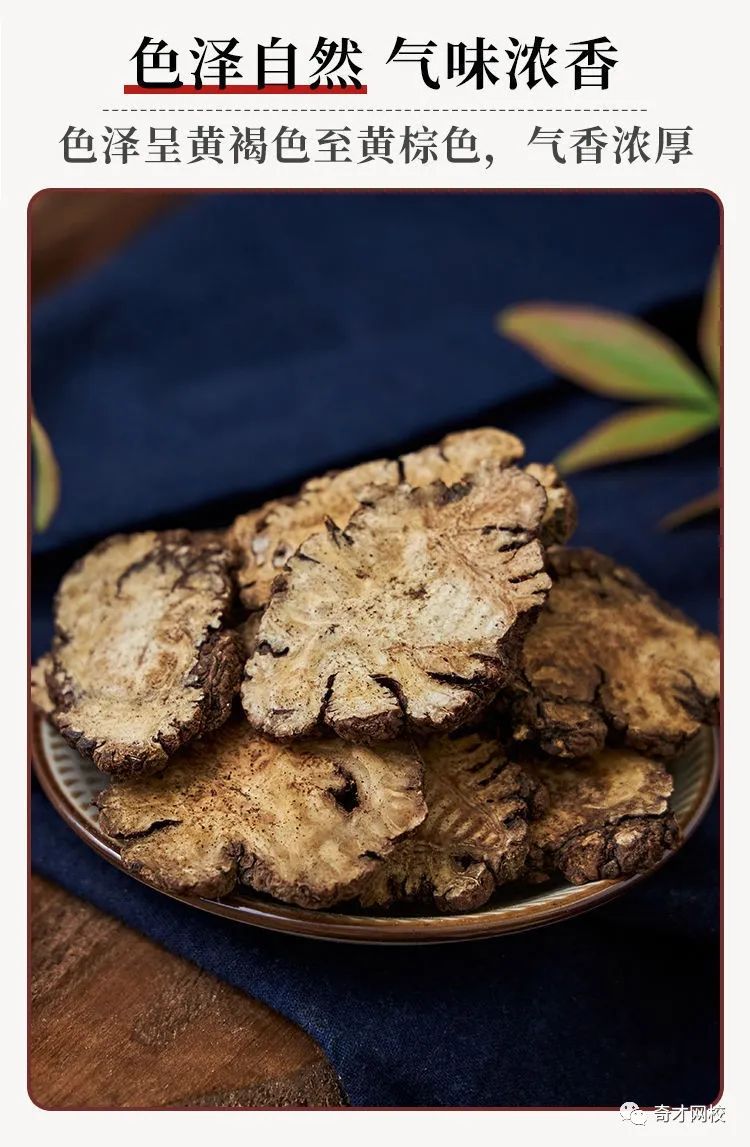


Identification of Medicinal Materials
Identification
1. The cross-section of this product shows more than ten layers of cork cells. The cortex is narrow, with scattered vascular bundles, and the cambium is distinct. The phloem is broad, with the cambium forming wavy or irregular polygons. The xylem vessels are polygonal or circular, mostly arranged in single rows or in a “V” shape, occasionally with xylem fiber bundles. The pith is relatively large. The parenchyma contains numerous oil chambers, which are round, oval, or irregularly shaped, light yellow-brown; the oil chambers near the cambium are small and gradually enlarge outward; the parenchyma cells are rich in starch granules, and some contain calcium oxalate crystals, appearing as round clusters or crystalline clusters.
The powder is light yellow-brown or gray-brown. It contains many starch granules, which are oval, elongated, round, oval, or kidney-shaped, with a diameter of 5-16μm, and a length of about 21μm, with hilum points that are dot-like, long-slit, or herringbone-shaped; occasionally, compound granules are seen, consisting of 2-4 single granules. Calcium oxalate crystals are found in parenchyma cells, appearing as round clusters or crystalline clusters, with a diameter of 10-25μm. Cork cells are dark yellow-brown, appearing polygonal and slightly wavy. Many oil chambers are broken, and occasionally fragments of oil chambers can be seen, with thin cell walls containing many oil droplets. The vessels are mainly spiral vessels, with reticulate and ladder-like vessels, with a diameter of 14-50μm.
2. Take 1g of this product powder, add 5ml of petroleum ether (30-60°C), place for 10 hours, shaking occasionally, then let it stand, take 1ml of the supernatant, evaporate, and dissolve the residue in 1ml of methanol, then add 2-3 drops of 2% 3,5-dinitrobenzoic acid methanol solution and 2 drops of saturated potassium hydroxide solution in methanol, which will show a red-purple color.
3. Take 1g of this product powder, add 20ml of ether, and heat under reflux for 1 hour, filter, evaporate the filtrate, and dissolve the residue in 2ml of ethyl acetate to prepare the test solution. Take 1g of Chuan Xiong as a control and prepare the control solution in the same manner. Then take a reference solution of Angelica lactone A, prepared in ethyl acetate to contain 0.1 mg per 1ml (placed in a brown volumetric flask), as the reference solution. Using thin-layer chromatography (General Rule 0502), apply 10μl of each of the three solutions to the same silica gel GF254 thin-layer plate, using n-hexane-ethyl acetate (3:1) as the developing agent, develop, remove, dry, and examine under ultraviolet light (254nm). The test solution should show spots of the same color at the corresponding positions as the control solution and reference solution.
Characteristics of Medicinal Materials
The rhizome is irregularly knobby and bulbous, with a diameter of 1.5-7cm. The surface is yellow-brown to yellow-brown, rough and wrinkled, with many parallel raised nodes; the top has a round pit-like stem scar, and the lower side and nodes have many small tuberous root scars. It is solid and not easily broken, with a cross-section that is yellow-white or gray-yellow, with wavy ring patterns in the cambium, and scattered yellow-brown oil spots throughout. It has a strong and unique aroma, with a bitter, spicy taste and a slight sweet aftertaste, causing a tingling sensation on the tongue. The best quality is characterized by large, plump pieces, solid texture, yellow-white cross-section, high oil content, and strong aroma.
Characteristics of Slices
1. Chuan Xiong: Irregular thin slices or butterfly-shaped thin slices, refer to the characteristics of medicinal materials.
2. Wine-processed Chuan Xiong: Darker in color, with a slight wine aroma.
3. Fried Chuan Xiong and Fu Fried Chuan Xiong: Similar in shape to Chuan Xiong slices, but darker in color.
Common Adulterants
Adulterants: Mixed with mud and gelatinous substances, filling all surface pores, then sliced and dried to increase weight.
Source: From the Chinese Medicine Information Platform, please contact for removal if there is any infringement.
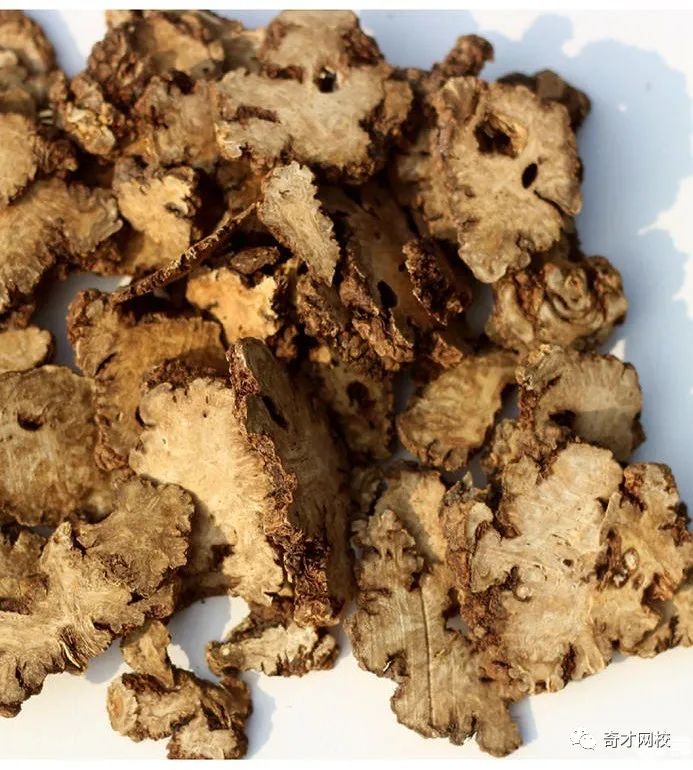

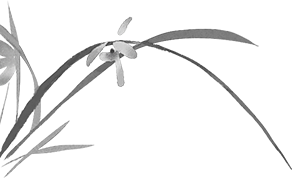
-END-


